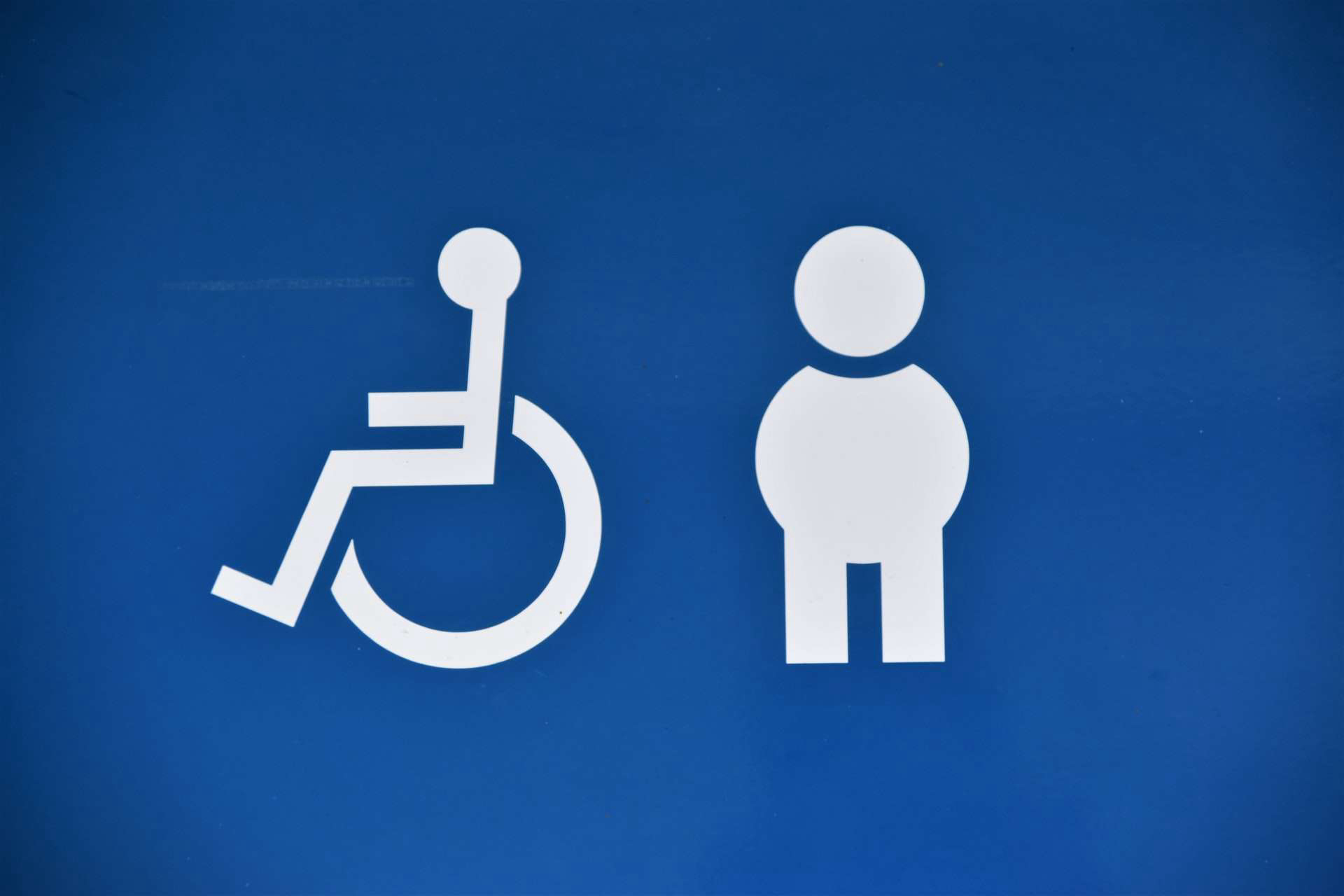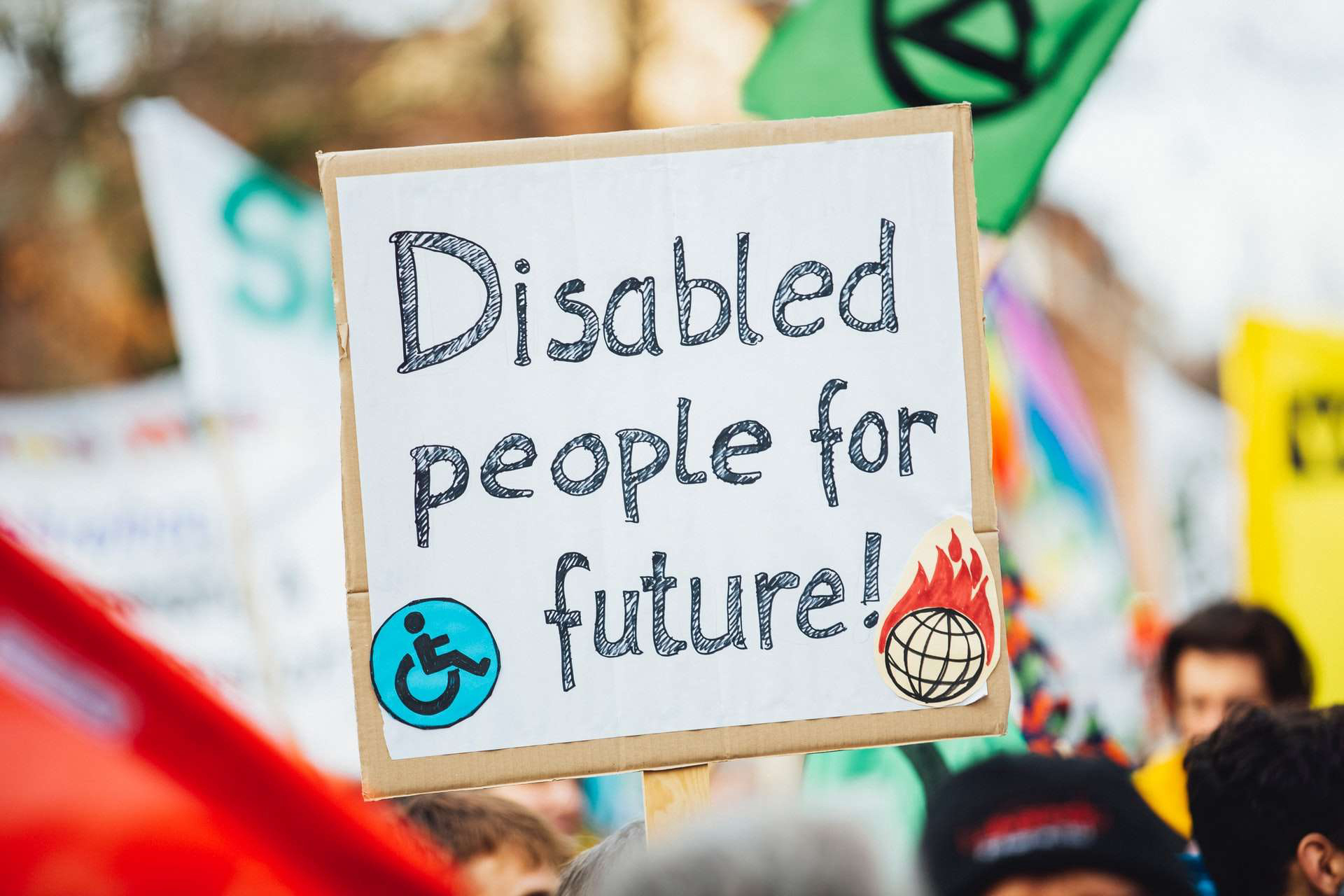
Today, a person's disability is not a criterion to judge their proficiency to perform any duty. Numerous people with disabilities around the world have proved themselves like champions. Multiple International organisations are also trying to empower these people and the International Day of Persons with Disabilities is also observed for people with disabilities. This day aims at increasing public awareness, compassion and acknowledging people with disability and celebrating their achievements and contributions.
The ‘International Day of Persons with Disabilities’ is observed on 3 December every year and it is recognized by the United Nations. The day is observed throughout the world, and it is being celebrated since 1992. This day was observed officially to promote compassion for disability problems and provide support for the rights and better living disabled people. The United Nations General Assembly announced 1981 as the International Year of Disabled People. The General Assembly announced 1983 to 1992 the United Nations Decade of Disabled Persons to give a target go the government and international organisations for carrying out the actions advised in the World Programme of Action. In 2012, the United Nations government announced the compulsory work for disabled people who get welfare privileges for their advancements of lives.
This year, the United Nations Education, Scientific, and Cultural Organisation (UNESCO) are celebrating the International Day Of Persons With Disabilities with a week-long programme from 25 November to 3 December 2020 under their theme “Building back better: towards an inclusive, accessible, and sustainable post-COVID-19 world by, for and with persons with disabilities”. The organisation is also overseeing a Global Awareness Raising Campaign, “Tell our stories, enable our right” on its authorized social medial platforms, concentrating on the effect of the COVID-19 pandemic on people residing with disabilities. The theme points on spreading awareness and compassion of disabilities that are not instantly evident, such as mental illness, sight or hearing impairments, fatigue or chronic pain, brain injuries, learning differences, neurological disorders and cognitive dysfunctions among others.

According to the World Health Organisation (WHO) world report on disability, 15% of the world's population, or more than 1 billion people, are living with a disability. It estimated that 450 million are living with a mental condition, and two-thirds of these people will not seek professional medical help, primarily due to humiliation, discrimination and disrespect. Around 69 million individuals are measured to sustain traumatic brain injuries each year worldwide, while in 160 children are identified as on the autism range. These are some instances from the millions of people presently existing with a disability that is not instantly evident, and an indication of the significance of removing barriers for all people living with a disability, both visible and invisible.
During the COVID-19 Pandemic, isolation and disrupted manners have greatly impacted the lives and mental health of people with disabilities around the world. Scattering awareness of invisible disabilities and not always instantly evident impacts on mental health are crucial as the world continues to fight against the novel coronavirus. Some disabilities are not always seen, and people need to be more aware of the different kinds of disabilities and establish a world where everyone including the people with disabilities can live cheerfully and work just like any other person.
___________________________________________________________________
Reference:
- www.idpwd.org
- www.un.org
- www.wikipedia.com
- www.who.int
